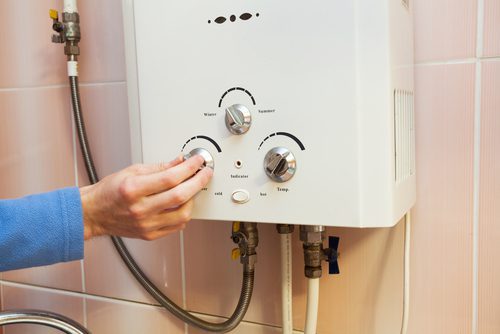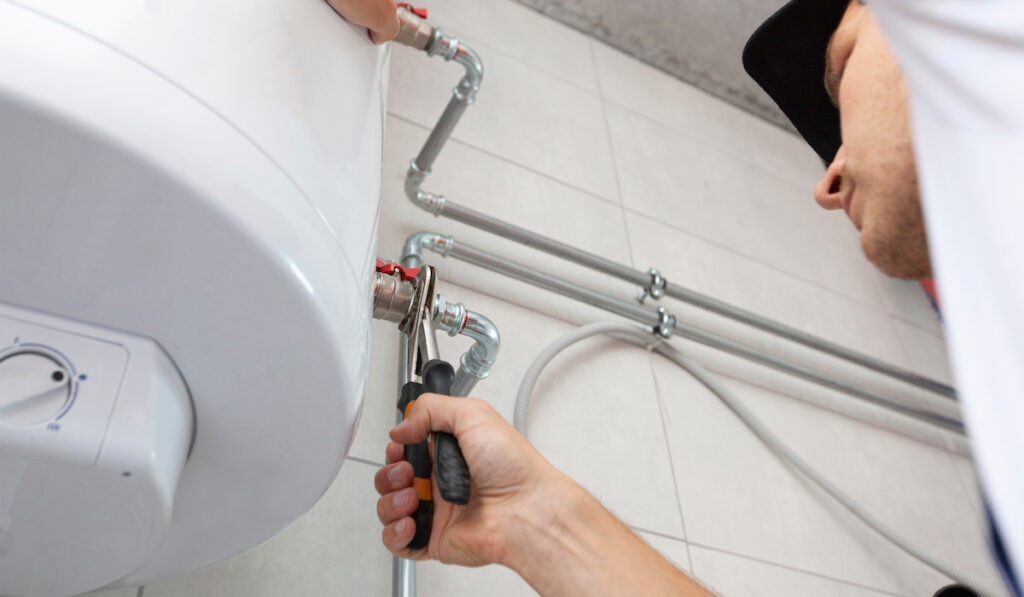Key Care Tips for Your Home's Hot Water System
Key Care Tips for Your Home's Hot Water System
Blog Article
This post listed below in relation to What Kind of Maintenance Do Water Heaters Need? is fairly motivating. Check it out yourself and figure out what you think of it.

Hot water is vital for everyday comfort, whether it's for a refreshing shower or washing dishes. To ensure your warm water system runs effectively and lasts longer, regular upkeep is crucial. This article offers sensible ideas and insights on just how to preserve your home's warm water system to avoid disturbances and pricey repair services.
Introduction
Preserving your home's warm water system could appear difficult, yet with a few easy steps, you can guarantee it operates efficiently for years to come. This guide covers everything from comprehending your warm water system to DIY upkeep pointers and knowing when to contact specialist aid.
Importance of Preserving Your Warm Water System
Normal upkeep not just expands the life-span of your hot water system but also ensures it operates successfully. Disregarding upkeep can lead to decreased efficiency, higher power expenses, and even premature failing of the system.
Indications Your Warm Water System Requirements Maintenance
Understanding when your hot water system needs attention can prevent major concerns. Keep an eye out for indications such as inconsistent water temperature, weird sounds from the heating system, or corroded water.
Comprehending Your Warm Water System
Prior to diving right into maintenance jobs, it's valuable to understand the standard elements of your hot water system. Generally, this includes the water heater itself, pipelines, anode rods, and temperature level controls.
Regular Monthly Maintenance Tasks
Regular month-to-month checks can help capture small problems before they rise.
Purging the Water Heater
Flushing your water heater removes sediment build-up, improving efficiency and lengthening its life.
Checking and Replacing Anode Rods
Anode poles avoid rust inside the tank. Checking and changing them when worn out is critical.
Examining and Changing Temperature Settings
Changing the temperature level setups guarantees ideal efficiency and security.
Do It Yourself Tips for Upkeep
You can do a number of maintenance tasks yourself to maintain your hot water system in top condition.
Checking for Leakages
Routinely examine pipes and links for leakages, as these can cause water damage and greater costs.
Examining Pressure Alleviation Valves
Examining the pressure relief valve guarantees it operates properly and stops too much stress build-up.
Shielding Pipes
Shielding warm water pipes decreases warm loss and can conserve power.
When to Call an Expert
While do it yourself upkeep is valuable, some problems require specialist competence.
Facility Problems Needing Professional Help
Instances consist of significant leakages, electric problems, or if your hot water heater is consistently underperforming.
Regular Professional Upkeep Benefits
Specialist upkeep can consist of complete inspections, tune-ups, and guaranteeing compliance with safety and security standards.
Conclusion
Regular upkeep of your home's hot water system is vital for performance, long life, and price financial savings. By adhering to these tips and knowing when to seek specialist aid, you can make sure a reliable supply of warm water without unforeseen disturbances.
Water Heater Maintenance Tips
Test the TPR Valve
Shut off the power and the cold-water supply valve. Place a bucket under the pipe connected to the temperature-pressure-release (TPR) valve on the top or side of the tank. (This valve opens if the tank pressure gets too high.) Lift the valve’s tab to let some water out, then let go. If water keeps flowing, drain the tank partway, unscrew the old valve with a pipe wrench, and install a new one. Check the Anode Rod
Put a hose to the tank’s drain cock and let out a few gallons of water. Now fit a 1 1/16-inch socket onto the rod’s hex head on top of the heater (or under its top plate) and unscrew the rod. If it’s less than ½ inch thick or coated with calcium, buy a new one, wrap its threads with Teflon tape, put it back in the tank, and tighten securely. Use this segmented rod if headroom above the tank is limited. Drain the Tank and Wash Out Sediment
Drain the remaining water in the tank into the bucket, then stir up the sediment on the tank’s bottom by briefly opening the cold-water supply valve. Drain and repeat until clean water comes out of the hose. Close the drain cock, refill the tank, and turn its power back on. Adjust the Temperature
Find the temperature dial on the side of the tank and unscrew its cover. Adjust the dial to 120 degrees using a flathead screwdriver. For every 10 degrees the temperature is lowered, you can expect to save up to 5 percent in energy costs. Turn the water heater off or the thermostat down to its lowest setting if you plan to be away from home for more than three days. Insulate the Pipes
Buy some self-sticking 3/8-inch-thick foam pipe insulation that matches the pipes’ diameter. Slide the foam over the hot-and cold-water pipes as far as you can reach. Insulating the cold-water pipe prevents condensation in summer. Peel the tape and squeeze the insulation closed. If the pipe is 6 inches or less from the flue, cover it with 1-inch-thick unfaced fiberglass pipe wrap. https://www.thisoldhouse.com/plumbing/21016402/how-to-maintain-a-water-heater

Hopefully you enjoyed our piece on How to Maintain a Hot Water Heater in a Few Simple Steps. Thanks a lot for taking the time to read our posting. Liked our blog? Please quickly share it. Help other people discover it. Thanks for taking the time to read it.
Book Appointment Report this page